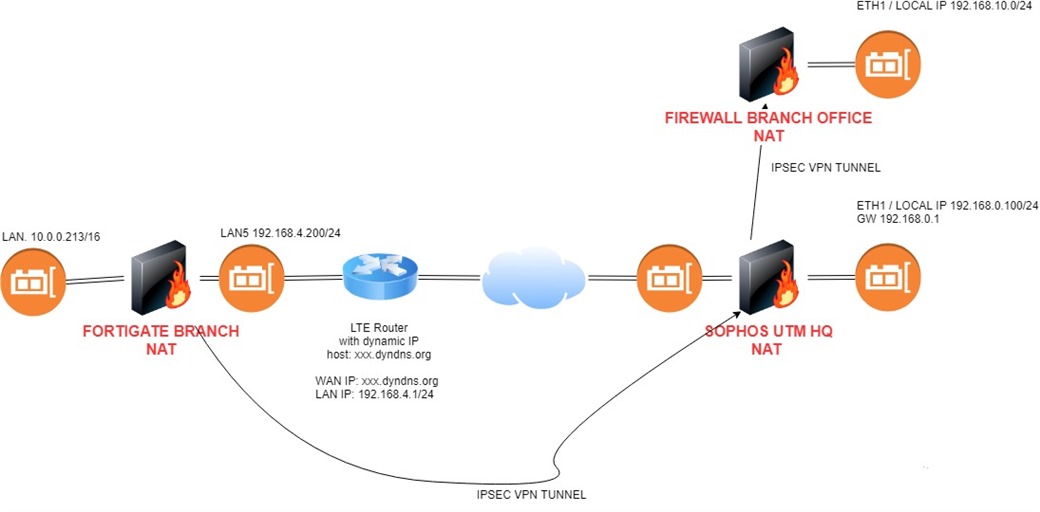


Set schedule to always, service to ALL, and Action to Accept.Ĭonfig system interface edit “wan1” set vdom “root”Ĭonfigure internal interface and protected subnet.In this example, the destination is all.Set the source to all and group to sslvpngroup.Incoming interface must be SSL-VPN tunnel interface(ssl.root).In this example: sslvpn split tunnel access.

Create new Authentication/Portal Mapping for group sslvpngroup mapping portal my-split-tunnel-portal.Under Authentication/Portal Mapping, set default Portal tunnel-access for All OtherUsers/Groups.Choose a certificate for ServerCertificate.Choose proper Listen on Interface, in this example, wan1.Go to VPN > SSL-VPN Portals to create a tunnel mode only portal my-split-tunnel-portal.Go to User& Device > UserGroups to create a group sslvpngroup with the member sslvpnuser1.Go to User& Device > UserDefinition to create a local user sslvpnuser1.Go to Firewall & Objects > Address and create an address for internet subnet 168.1.0.Go to Network > Interface and edit the wan1.Port1 interface connects to the internal network. Configure the interface and firewall address.The SSL VPN connection is established over the WAN interface. WAN interface is the interface connected to ISP. This topic provides a sample configuration of remote users accessing the corporate network and internet through an SSL VPN by tunnel mode using FortiClient but accessing the Internet without going through the SSL VPN tunnel.


 0 kommentar(er)
0 kommentar(er)
